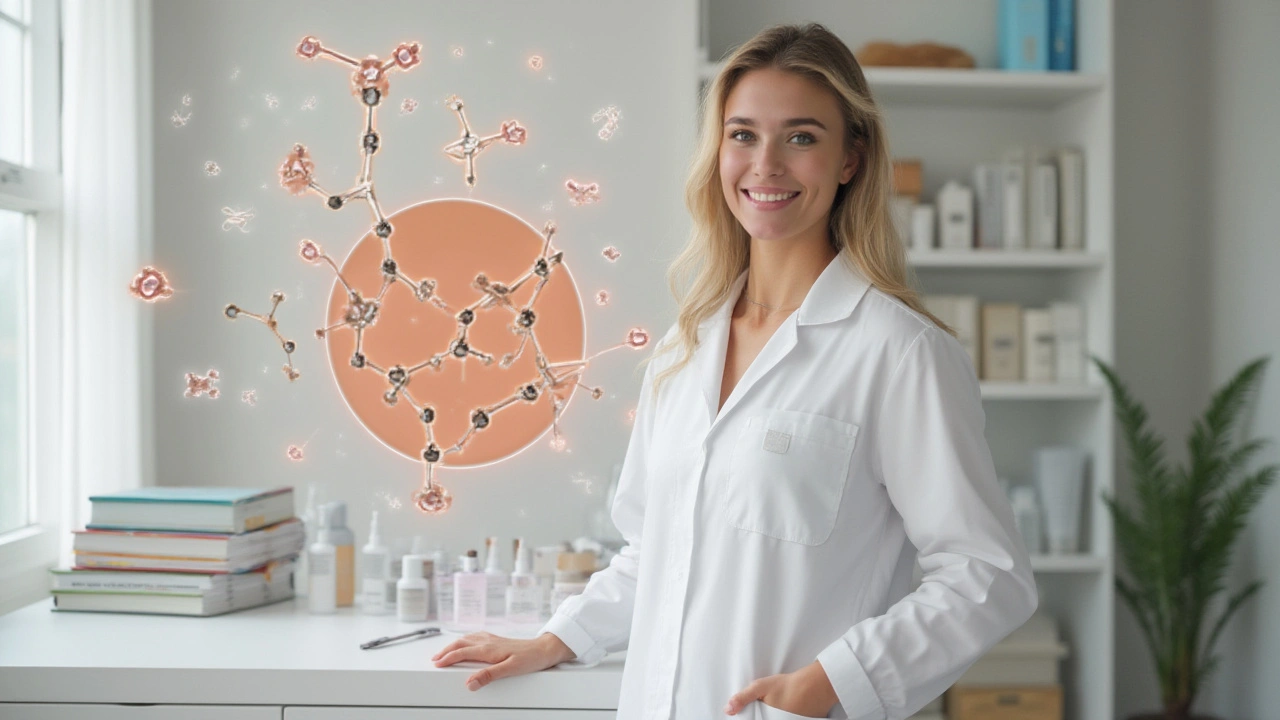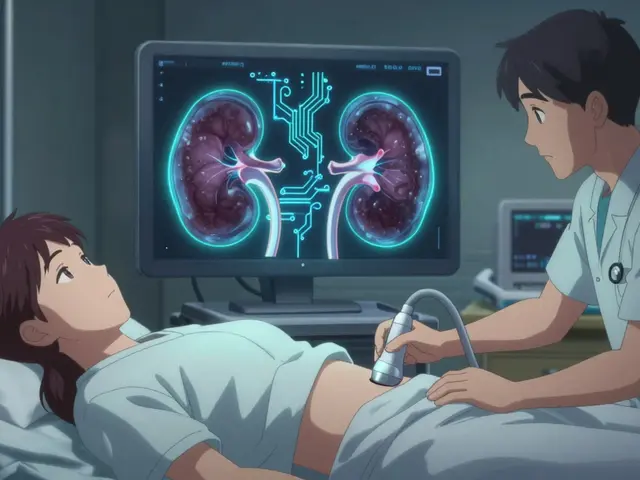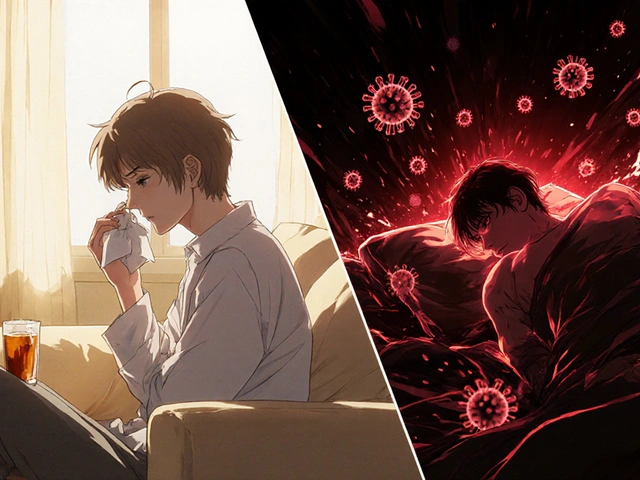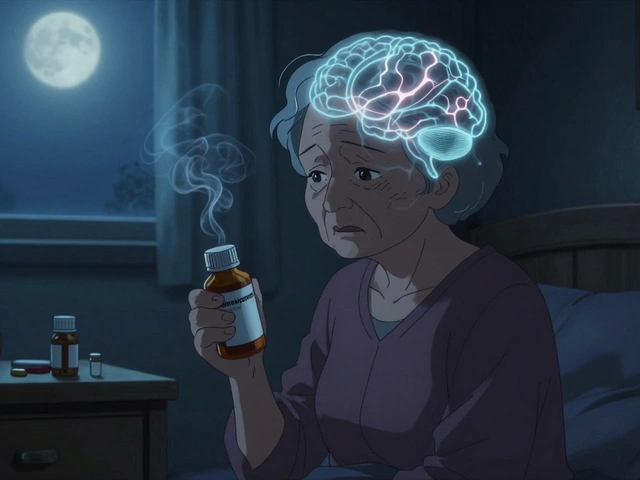Hormonal Acne: What It Is and How to Tackle It
If you’ve ever woken up with a few stubborn breakouts around your jawline or chin, chances are hormones are at play. Hormonal acne isn’t just a teenage problem – many adults deal with it, especially when stress, diet, or menstrual cycles shift hormone levels.
Why Hormones Trigger Breakouts
When your body produces more androgen hormones (like testosterone), the oil glands in your skin get overactive. They pump out extra sebum, which mixes with dead skin cells and clogs pores. The result is that classic “deep‑rooted” acne you see on the lower face and back. Typical triggers include puberty, periods, pregnancy, and even certain medications.
Another key player is insulin. High‑glycemic foods cause spikes in insulin, which can increase androgen production and make acne worse. That’s why you might notice flare‑ups after a big sugary meal or binge‑eating.
Practical Ways to Keep Hormonal Acne in Check
First, keep your skin clean but don’t over‑scrub. A gentle cleanser twice a day removes excess oil without stripping the skin’s barrier. Look for products with salicylic acid – it helps unclog pores and calm inflammation.
Topical treatments work well for mild cases. Benzoyl peroxide or a low‑strength retinoid can reduce bacteria and speed up cell turnover. If over‑the‑counter options aren’t enough, a dermatologist may prescribe a stronger retinoid or a combination gel.
For persistent adult acne, oral options become useful. Birth control pills that contain both estrogen and progestin can balance androgen levels for many women. Another option is spironolactone, a medication that blocks androgen receptors and often clears breakouts within a few months.
Don’t forget lifestyle tweaks. Cutting back on high‑glycemic foods – think white bread, soda, and candy – can steady insulin spikes. Adding more fiber, whole grains, and leafy greens keeps blood sugar steady and may reduce oil production.
Stress management is also a game‑changer. Cortisol, the stress hormone, can raise androgen output. Simple habits like a short walk, meditation, or a regular sleep schedule can keep stress hormones in check.
Finally, if you notice sudden or severe acne, or if it’s painful, see a dermatologist. They can rule out underlying conditions like polycystic ovary syndrome (PCOS) that need specific treatment.
In short, hormonal acne is a mix of hormone swings, excess oil, and clogged pores. By cleaning wisely, choosing the right topicals, considering oral meds when needed, and tweaking diet and stress, you can keep breakouts under control and enjoy clearer skin. PharmaSea is here to help you navigate every step of the journey.
Benzoyl Peroxide in Hormonal Acne: Clearer Skin with Science-Backed Results
Discover how benzoyl peroxide targets hormonal acne, backed by science and real-life tips for clearer skin. Get facts, tips, and honest advice from Bristol.






